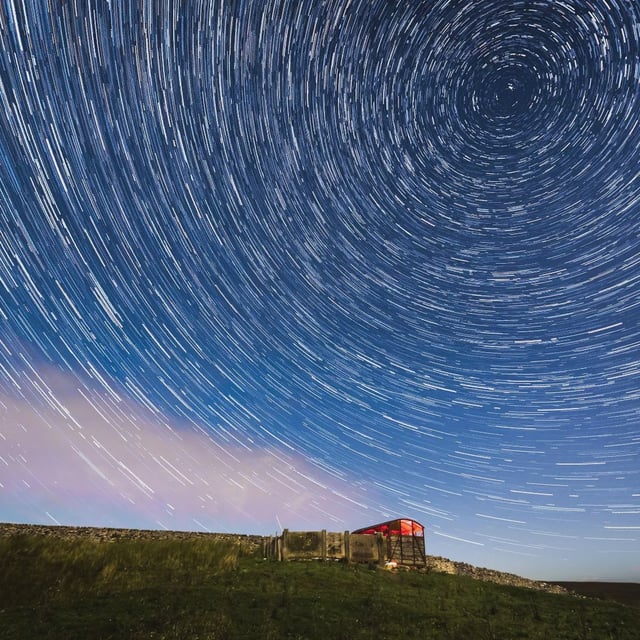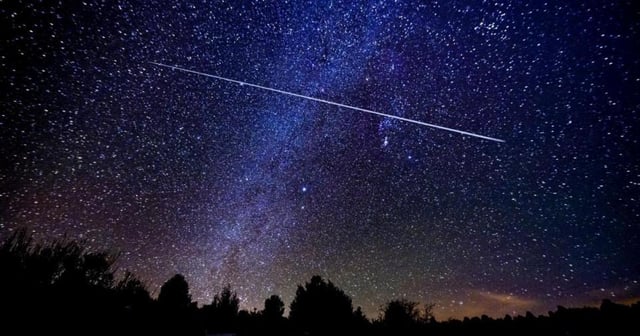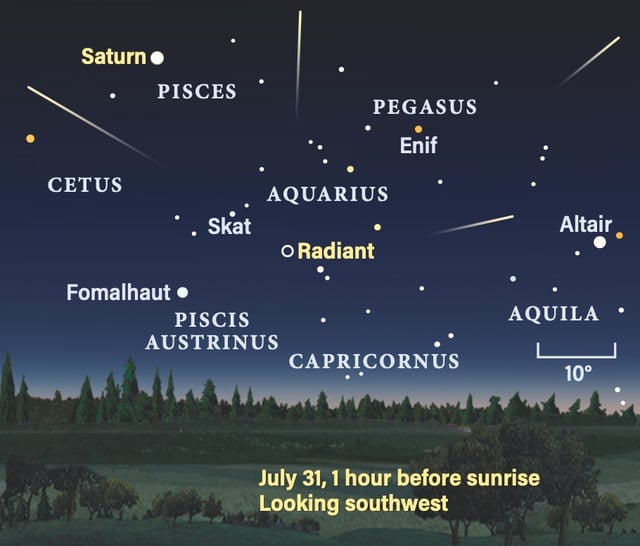Overview
- Earth crossed debris trails from two comets overnight, producing simultaneous meteor peaks on July 29–30
- The Southern Delta Aquariids yielded 5–10 meteors per hour in the Northern Hemisphere and up to 20 per hour in the Southern Hemisphere
- The Alpha Capricornids delivered 3–5 slower meteors per hour with occasional bright fireballs punctuating the sky
- Best viewing occurred after midnight under moonless skies when the radiants in Aquarius and Capricornus climbed above the horizon
- The Delta Aquariids originate from Comet 96P/Machholz and the Capricornids from Comet 169P/NEAT; some regions such as India were unable to observe due to visibility constraints



